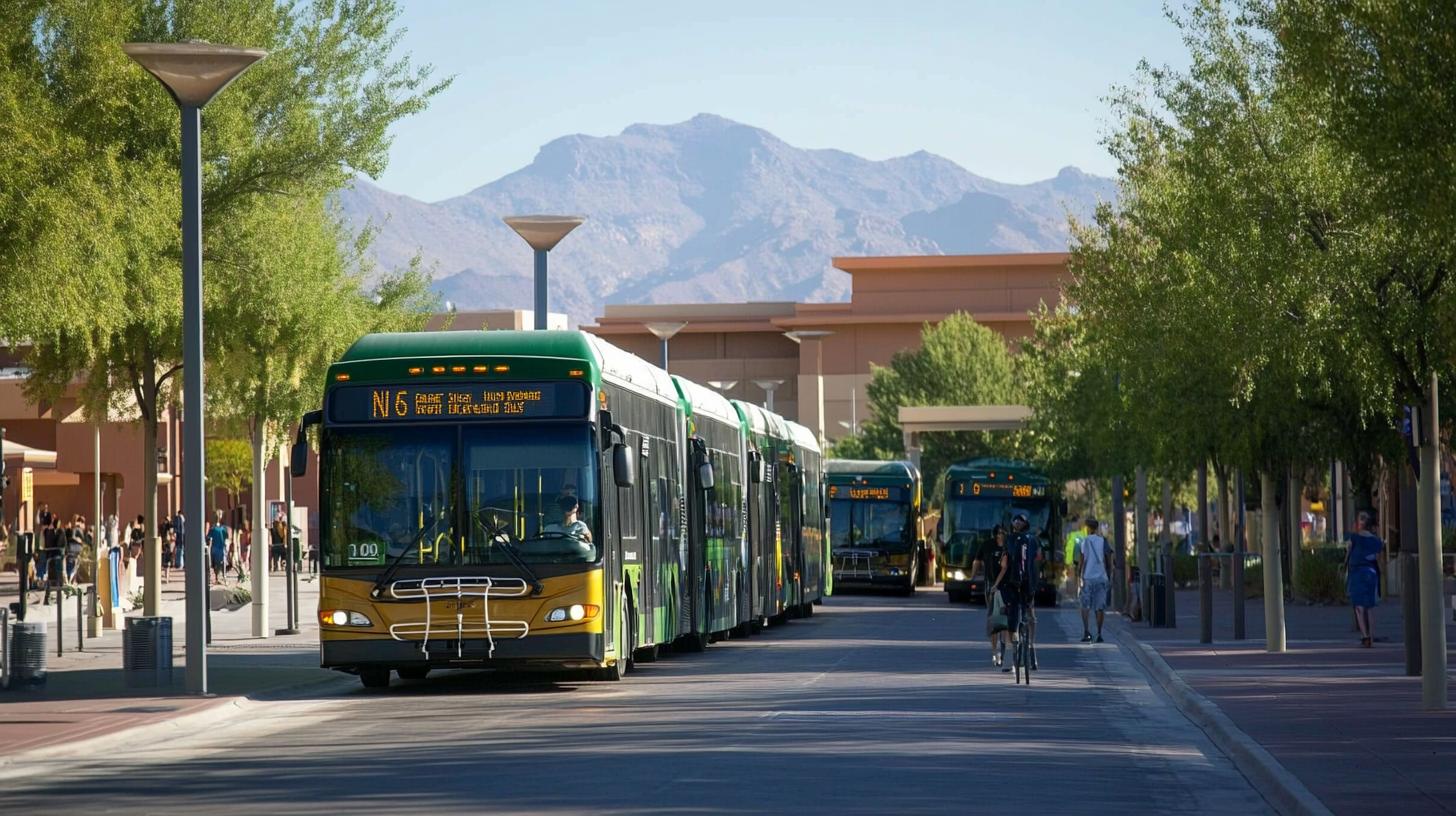Breaking tradition, the Staten Island St. Patrick’s Day Parade welcomes a plethora of diverse groups to march in the upcoming celebration. In a significant shift, the parade committee has extended invitations to various organizations, highlighting the community’s commitment to inclusivity and unity.
After decades of controversy and exclusion, the parade committee’s decision marks a pivotal moment in the event’s history. Embracing diversity and cultural richness, the parade organizers are eager to showcase a myriad of perspectives and backgrounds during the festive occasion.
Leading the change, the new parade committee leadership is determined to create an inclusive and welcoming environment for all participants. By reaching out to different community groups, the parade aims to celebrate the spirit of togetherness and acceptance.
While maintaining focus on honoring Saint Patrick, the parade organizers emphasize the importance of acknowledging different traditions, cultures, and faiths within the community. The forthcoming parade promises to be a vibrant display of unity, celebrating diversity in all its forms.
Community members and organizations have expressed their enthusiasm for the upcoming event, recognizing the importance of inclusivity and acceptance. The evolving nature of the parade reflects a progressive step towards fostering a more inclusive and harmonious community spirit.
The Staten Island St. Patrick’s Day Parade: Embracing Diversity and Navigating Challenges
As the Staten Island St. Patrick’s Day Parade prepares to welcome a diverse array of groups to participate in the celebration, several important questions arise regarding the event’s evolution and the implications of embracing inclusivity. Let’s delve into some key considerations and potential challenges associated with this shift towards a more diverse parade:
1. How has the decision to include a wide range of organizations impacted the parade’s historical significance?
The decision to welcome diverse groups marks a significant departure from the parade’s traditional exclusivity, signaling a shift towards a more inclusive and representative event. While honoring Saint Patrick remains a central focus, the integration of various perspectives and backgrounds enhances the parade’s cultural richness and relevance in today’s multicultural society.
2. What are some of the advantages and disadvantages of broadening participation in the parade?
Advantages:
– Increased representation: By inviting a diverse array of organizations, the parade reflects the community’s pluralistic ethos and fosters a sense of belonging among different groups.
– Enhanced cultural exchange: The inclusion of varied traditions and faiths provides an opportunity for cross-cultural dialogue and mutual understanding, enriching the overall parade experience.
– Strengthened community bonds: Embracing diversity can cultivate a more cohesive and harmonious community spirit, promoting unity and solidarity among residents.
Disadvantages:
– Balancing inclusivity with tradition: Striking a balance between honoring the parade’s historical roots and welcoming new participants may pose a challenge in maintaining the event’s identity and authenticity.
– Potential controversies: The expansion of participation could spark debates or disagreements within the community regarding the parade’s evolving nature and the perceived dilution of its original purpose.
3. What measures are being taken to address any contentious issues or resistance to the parade’s transformation?
The parade committee’s leadership is likely to encounter resistance or skepticism from individuals or groups who hold steadfast to traditional views of the event. Engaging in transparent communication, promoting dialogue, and fostering a sense of mutual respect among stakeholders will be crucial in navigating any challenges or controversies that may arise.
For further insights and updates on the Staten Island St. Patrick’s Day Parade and its embrace of diversity, visit StatenIslandStPats.com.
The parade’s commitment to inclusivity and unity sets a positive precedent for fostering cross-cultural connections and celebrating the community’s diverse tapestry. By addressing potential obstacles with sensitivity and open dialogue, the parade organizers can pave the way for a more vibrant and inclusive celebration that resonates with residents and participants alike.









